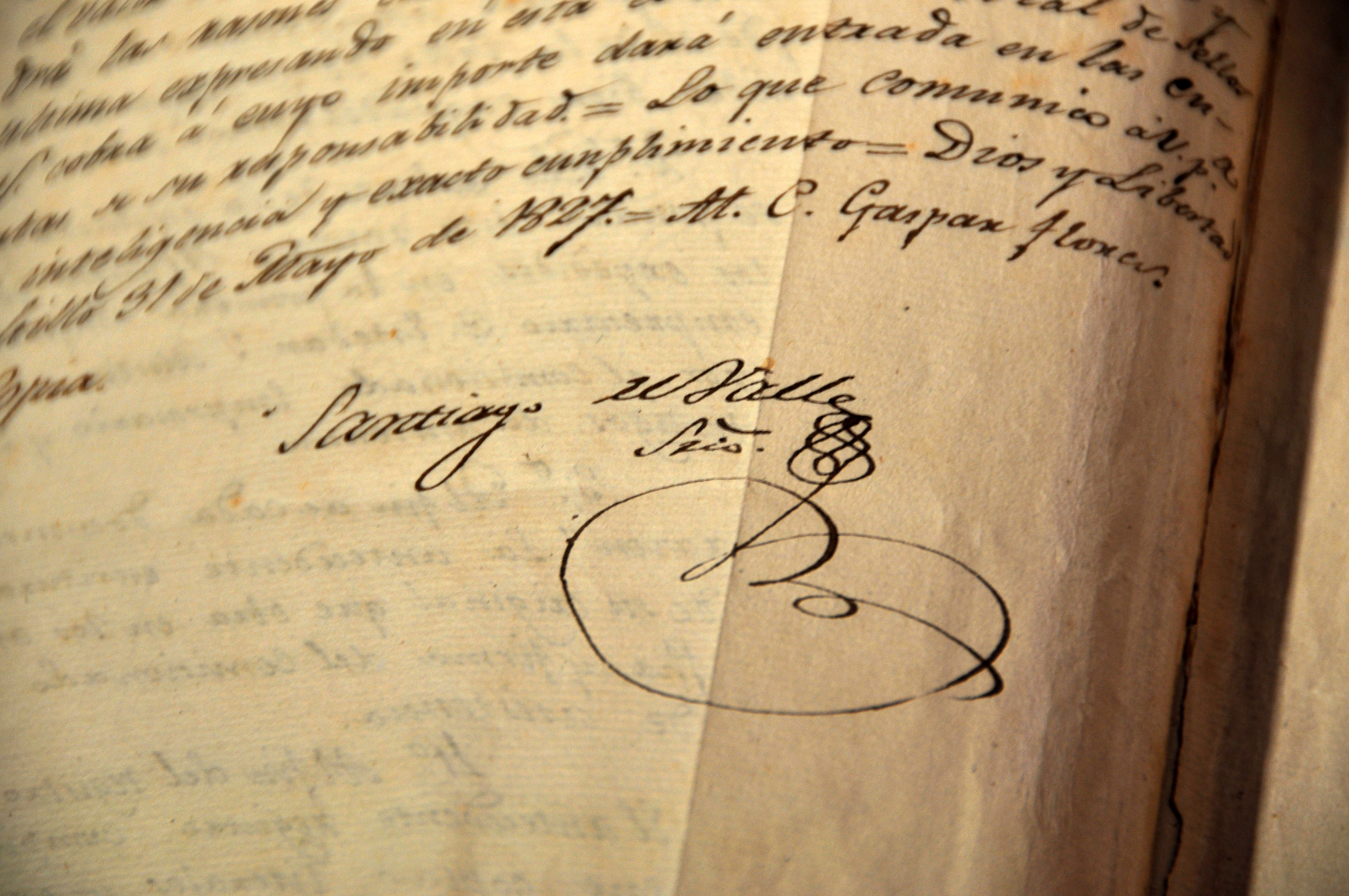County/Region:
Cameron
Project Partner/Recipient:
University of Texas at Austin
Summary:
The University of Texas at Austin will develop a binational binational watershed restoration and protection plan framework document to improve water quality in the Lower Rio Grande/Rio Bravo.
County/Region:
Matagorda
Project Partner/Recipient:
The Nature Conservancy
Summary:
This project addressed the permitting and final design for shoreline protection at Mad Island Marsh Preserve.
County/Region:
Matagorda
Project Partner/Recipient:
Texas R.I.C.E
Summary:
Texas RICE installed water control structures on the many ditches that feed from the farm and grazing fields on the Mad Island Preserve into the marsh.
County/Region:
Matagorda
Project Partner/Recipient:
The Nature Conservancy
Summary:
This project will implement Phase III of a habitat restoration and shoreline stabilization project by completing 100% engineering and constructing 10,340 feet of breakwater to provide adjacent to the Gulf Intracoastal Waterway (GIWW) in Matagorda County.
County/Region:
Matagorda
Project Partner/Recipient:
Nature Conservancy of Texas
Summary:
This project provided an offshore rock breakwater parallel to the existing shoreline for a distance of approximately 2.5 miles.
County/Region:
Matagorda
Project Partner/Recipient:
Texas Parks and Wildlife Department (TPWD)
Summary:
This project emplaced 2,974 linear feet of breakwater riprap along the Gulf Intracoastal Waterway (GIWW).
County/Region:
Matagorda
Project Partner/Recipient:
Texas R.I.C.E
Summary:
Texas RICE constructed an approximately 35-acre wetland and restored 30 acres of abandoned farmland into native prairie on the Mad Island Wildlife Management Area, which provides significant value to wildlife and water quality.
County/Region:
Matagorda
Project Partner/Recipient:
Ducks Unlimited, Inc.
Summary:
This project was the final construction phase to complete protection along the entirety of GIWW shoreline within Mad Island WMA.
County/Region:
Calhoun
Project Partner/Recipient:
Calhoun County
Summary:
Calhoun County constructed two pavilions for public use in the Miller Point area with the goal of encouraging ecotourism and outdoor education.
County/Region:
Calhoun
Project Partner/Recipient:
Calhoun County
Summary:
This project conducted an ecosystem restoration feasibility study with the USACE under Section 206 of the Water Resources Development Act of 1996 to examine the potential for restoration of a large complex of salt marshes in the Magnolia-Indianola area.
County/Region:
Calhoun
Project Partner/Recipient:
Calhoun County
Summary:
This project included gathering all the necessary bid package components to initiate work at Magnolia Beach.
County/Region:
Calhoun
Project Partner/Recipient:
Texas A&M AgriLife Research
Summary:
This project included wetland restoration and erosion control accomplished by removing material blocking the Magnolia Inlet to restore flow to the wetlands in Calhoun County, TX.
County/Region:
Aransas
Project Partner/Recipient:
Texas A&M University - Corpus Christi
Summary:
Texas A&M University – Corpus Christi studied black mangrove expansion in the Mission-Aransas National Estuarine Research Reserve.
County/Region:
Coastwide
Project Partner/Recipient:
Texas General Land Office
Summary:
This project compiled storm and aerial photographic information that can be used to determine areas of probable overwash during coastal storms.
County/Region:
Cameron
Project Partner/Recipient:
Texas Parks & Wildlife Department
Summary:
Texas Parks and Wildlife Department identified and delineated the aquatic habitats found in the South Bay Coastal Preserve (approximately 10 square miles) by acquiring color aerial photography at a scale of 1:9600.
County/Region:
Upper Coast
Project Partner/Recipient:
Texas A&M University
Summary:
Texas A&M University constructed detailed maps of the Galveston Bay bottom in four areas, two each in Trinity Bay and East Bay.
County/Region:
Upper Coast
Project Partner/Recipient:
Texas A&M University
Summary:
Texas A&M University studied several portions of the Galveston Bay bottom using side-scan sonar and other geophysical tools to make high-resolution maps of bottom type with centimeter-scale resolution.
County/Region:
Coastwide
Project Partner/Recipient:
Texas A&M University at Galveston
Summary:
Texas A&M University at Galveston conducted a study of Pass Cavallo to collect baseline data to assess the distribution of bottom types, the anthropogenic impacts of the seabed, and natural, historical and cultural resources proximal to Pass Cavallo.
County/Region:
Matagorda
Project Partner/Recipient:
Texas A&M University - Corpus Christi
Summary:
Texas A&M University at Corpus Christi created a map of favorable habitats for oyster farming in terms of substrate and surface-groundwater discharge in Matagorda Bay.
County/Region:
Project Partner/Recipient:
University of Texas - Marine Science Institute
Summary:








